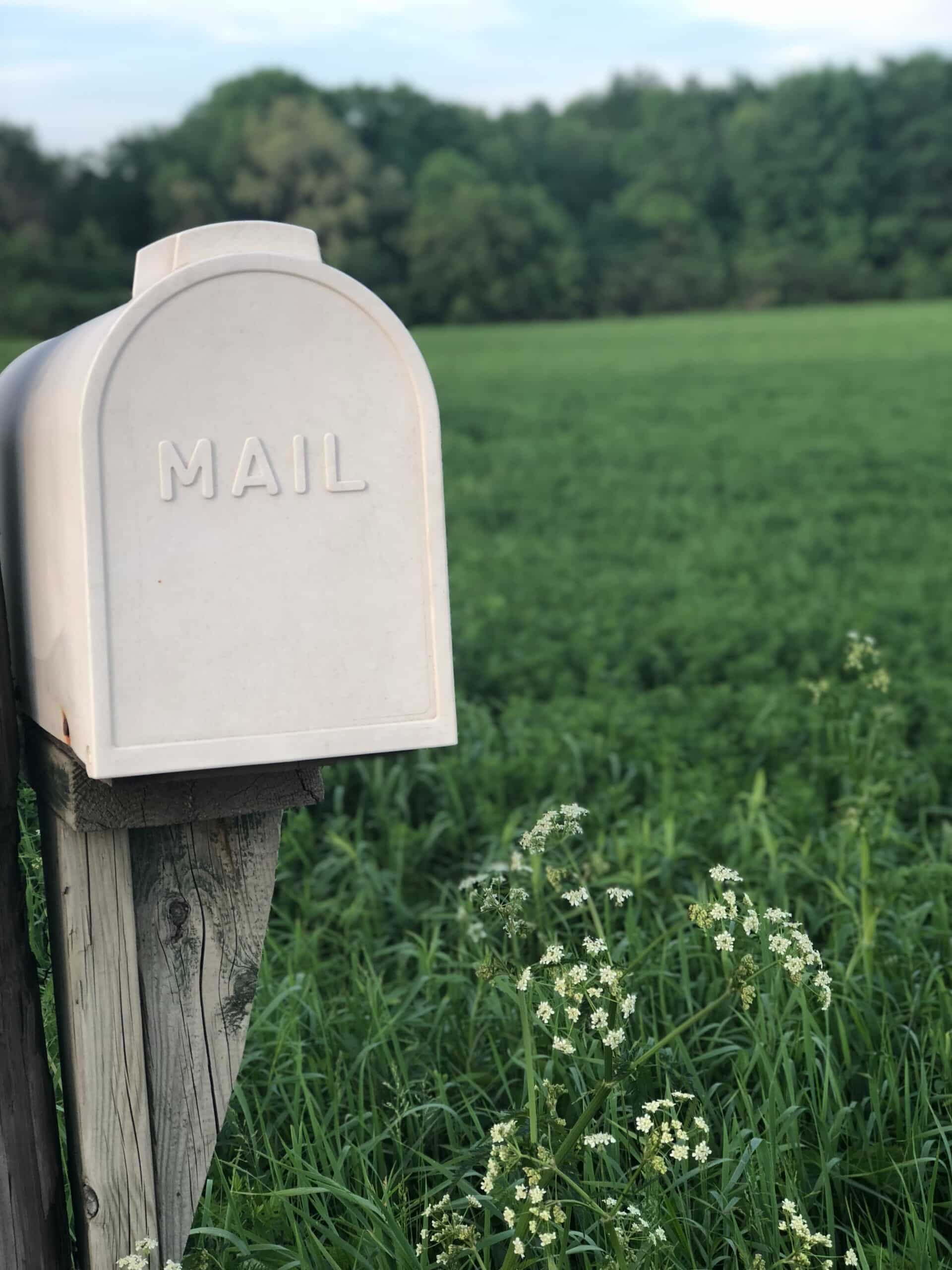
Exploring the open road in your vehicle can be an exhilarating adventure, but staying connected to the internet and having reliable service can be a challenge while on the go. Whether you’re a digital nomad, a remote worker, or simply someone who wants to stay connected while traveling, here are some tips on how to get internet and service everywhere when traveling in your vehicle.
Research Cellular Coverage: Before hitting the road, research the cellular coverage of the areas you plan to travel through. Different cellular carriers have varying coverage in different regions, so it’s essential to know what your carrier provides. Check coverage maps and reviews online to get an idea of the reliability and speed of cellular networks in those areas to get a better understanding.
Get a Mobile Hotspot: A mobile hotspot is a device that allows you to create a Wi-Fi network using a cellular data connection. You can connect your devices, such as laptops, smartphones, and tablets, to the hotspot to access the internet wherever you have cellular coverage. Many cellular carriers offer mobile hotspot plans that allow you to use your smartphone as a hotspot or purchase a separate hotspot device with a dedicated data plan.
Use a Signal Booster: If you’re traveling in areas with weak or spotty cellular coverage, a signal booster can help improve your internet and service. A signal booster amplifies the weak cellular signal and boosts it inside your vehicle, providing you with a stronger and more reliable connection. There are various signal boosters available on the market, ranging from small plug-and-play devices to more advanced systems that require professional installation.
Utilize Wi-Fi Hotspots: Many cafes, restaurants, campgrounds, and other public places offer free or paid Wi-Fi hotspots. Utilize these Wi-Fi hotspots to connect to the internet and save on your data usage. Keep in mind that public Wi-Fi networks may not always be secure, so avoid accessing sensitive information or conducting financial transactions on these networks.
Consider Satellite Internet: If you’re traveling in remote areas with little to no cellular coverage, satellite internet can be a viable option. Satellite internet uses satellites in space to provide internet access, making it available in remote and rural areas where traditional cellular networks may not reach. However, it can be more expensive and may have limitations in terms of speed and data usage. A good example is Starlink.
Plan for Off-Grid Camping: If you plan to camp in remote areas without any cellular coverage, consider alternative options for staying connected. For example, you can invest in a satellite phone for emergencies or use a portable GPS device for navigation. Additionally, pre-download maps, offline apps, and entertainment content to your devices before hitting the road, so you can access them offline when needed.
Practice Data Management: When traveling in your vehicle, managing your data usage is crucial, as most cellular plans have limits on data usage. Keep track of your usage, and consider using data-saving techniques, such as disabling auto-updates or using data compression settings on your devices. Also, be mindful of streaming videos or other data-intensive activities that can quickly consume your data.
Make sure to always have a backup plan. Despite your best efforts, there may be times when you’re unable to get internet or service. It’s essential to have backup plans, such as having physical maps, knowing the locations of nearby libraries or internet cafes, or having a backup cellular provider or hotspot device for redundancy.
Staying connected to the internet and having reliable service while traveling in your vehicle requires careful planning and consideration of various options. Researching cellular coverage, getting a mobile hotspot, using a signal booster, utilizing Wi-Fi hotspots, considering satellite internet, staying updated with local information, having backup plans, and practicing data management are all strategies that can help you get internet and service just about anywhere.
Remember that connectivity may vary depending on your location, and it’s always a good idea to have backup options and be prepared for unexpected situations. With the right tools and planning, you can stay connected and enjoy your travel adventures while staying connected to the online world. Happy travels!












